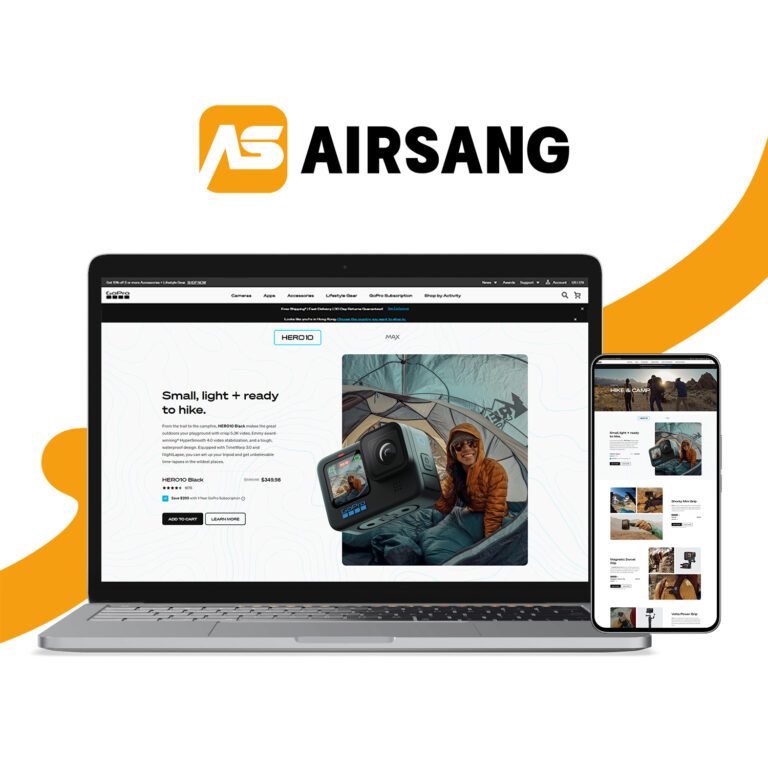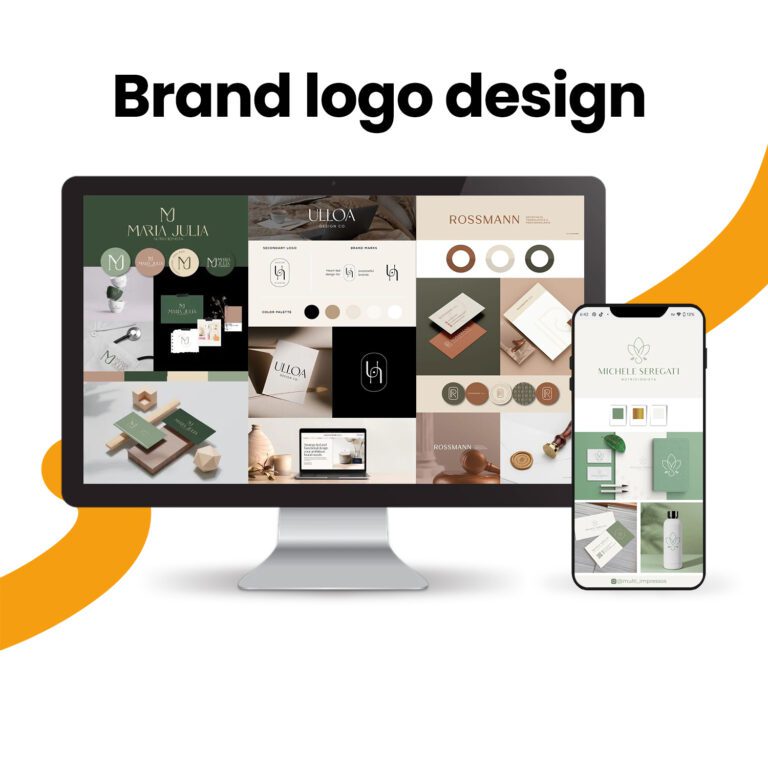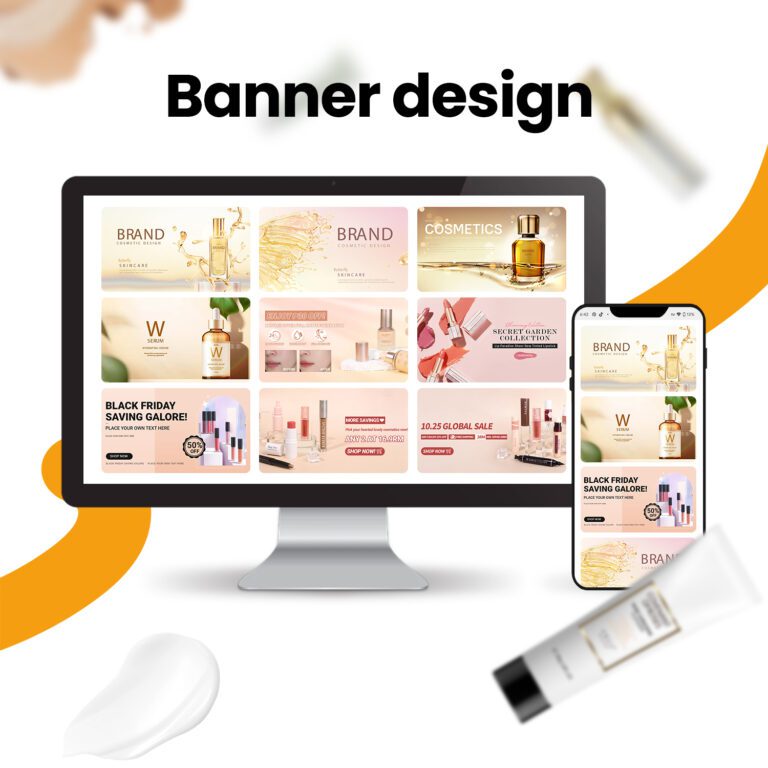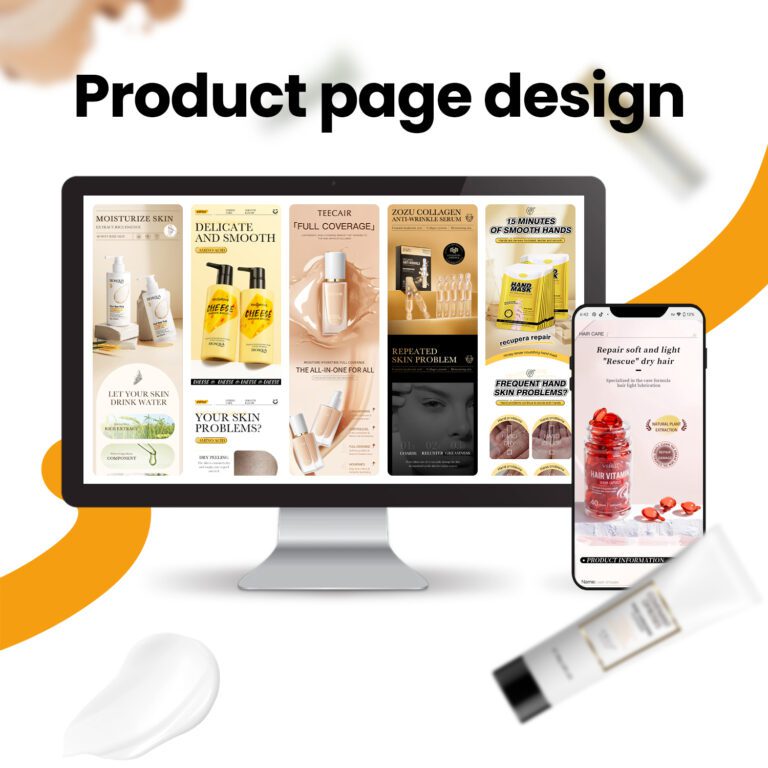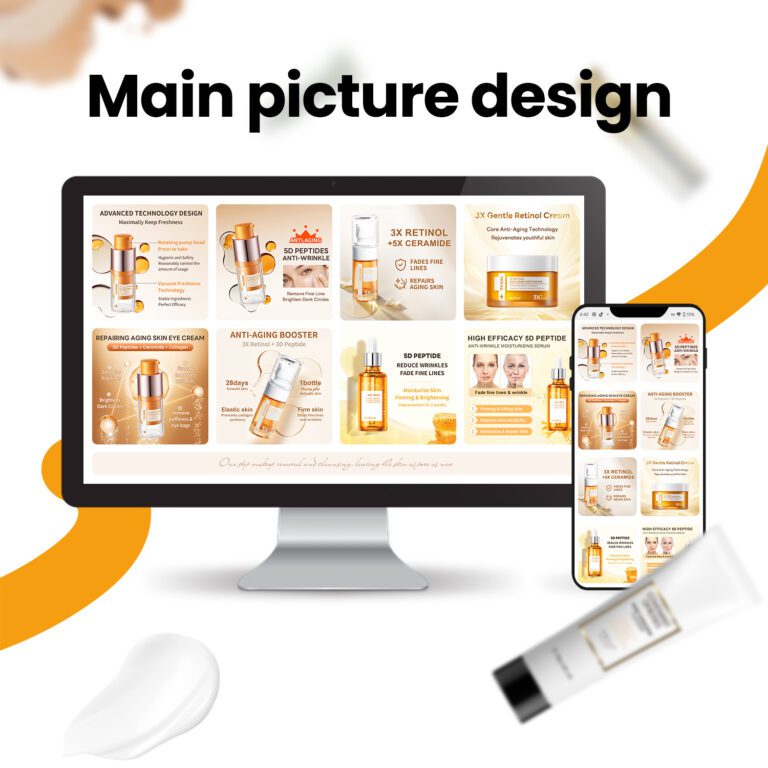WordPress vs Google Sites: Which Platform Wins?

Choosing between Google Sites vs WordPress is a critical decision for anyone planning a professional website. This article compares the two platforms in terms of design, flexibility, and growth potential.
Understanding the Basics
What is Google Sites?

Google Sites is a free, simple website builder offered by Google. Its core strength lies in ease of use. Users can create basic informational pages quickly, without technical knowledge. It’s ideal for:
- Internal company intranets
- School projects or small teams
- Simple event or portfolio pages
However, design customization is very limited, and integration with third-party tools is restricted.
What is WordPress?

WordPress, on the other hand, is a powerful Content Management System (CMS) that powers more than 40% of websites worldwide. It’s known for:
- Flexibility: Thousands of themes and plugins
- Scalability: From small blogs to enterprise eCommerce sites
- Ownership: Full control of design, data, and functionality
When it comes to website design, WordPress clearly outshines Google Sites.
Google Sites vs WordPress: A Direct Comparison
Ease of Use
- Google Sites: Extremely user-friendly. Drag-and-drop simplicity.
- WordPress: Requires a small learning curve, but modern builders like Elementor make it intuitive.
Design & Customization
- Google Sites: Limited templates, minimal design freedom.
- WordPress: Unlimited design options, from minimal to highly creative. Perfect for brand storytelling.
Features & Integrations
- Google Sites: Basic integration with Google Drive, Docs, and Calendar.
- WordPress: Thousands of plugins for SEO, eCommerce, analytics, memberships, and more.
SEO Capabilities
- Google Sites: Limited control over SEO optimization.
- WordPress: Full SEO control with plugins like Yoast or Rank Math.
Long-Term Growth
- Google Sites: Suitable for short-term or simple projects.
- WordPress: Built for growth. Whether it’s scaling an eCommerce store or running a global blog, WordPress adapts.
How Website Design Fits Into the Choice
When evaluating Google Sites vs WordPress, the conversation isn’t just about functionality—it’s about design.
- With Google Sites, you’re limited to what the platform allows. Your site risks looking like countless others.
- With WordPress, design becomes a competitive advantage. Custom layouts, branded visuals, and unique user experiences are possible.
For businesses that want their website to reflect their identity, WordPress offers the creative freedom to design a professional and engaging digital presence.
Why WordPress Aligns With Professional Design Services
At the intersection of Google Sites vs WordPress, one thing is clear: if design matters, WordPress is the stronger choice. Professional designers can unlock its full potential by:
- Creating responsive, mobile-first layouts
- Enhancing brand consistency with custom themes
- Using advanced plugins to optimize user experience
This is where expert guidance makes all the difference.
Conclusion
When deciding between Google Sites vs WordPress, the key lies in your goals.
- For simple, no-frills projects → Google Sites works.
- For growth-oriented businesses that value design, scalability, and SEO → WordPress is the winner.
If you’re looking to build a professional WordPress website that not only functions seamlessly but also tells your brand’s story, partnering with experienced designers ensures success. That’s exactly what AIRSANG specializes in—turning WordPress into a powerful platform for your online growth.

